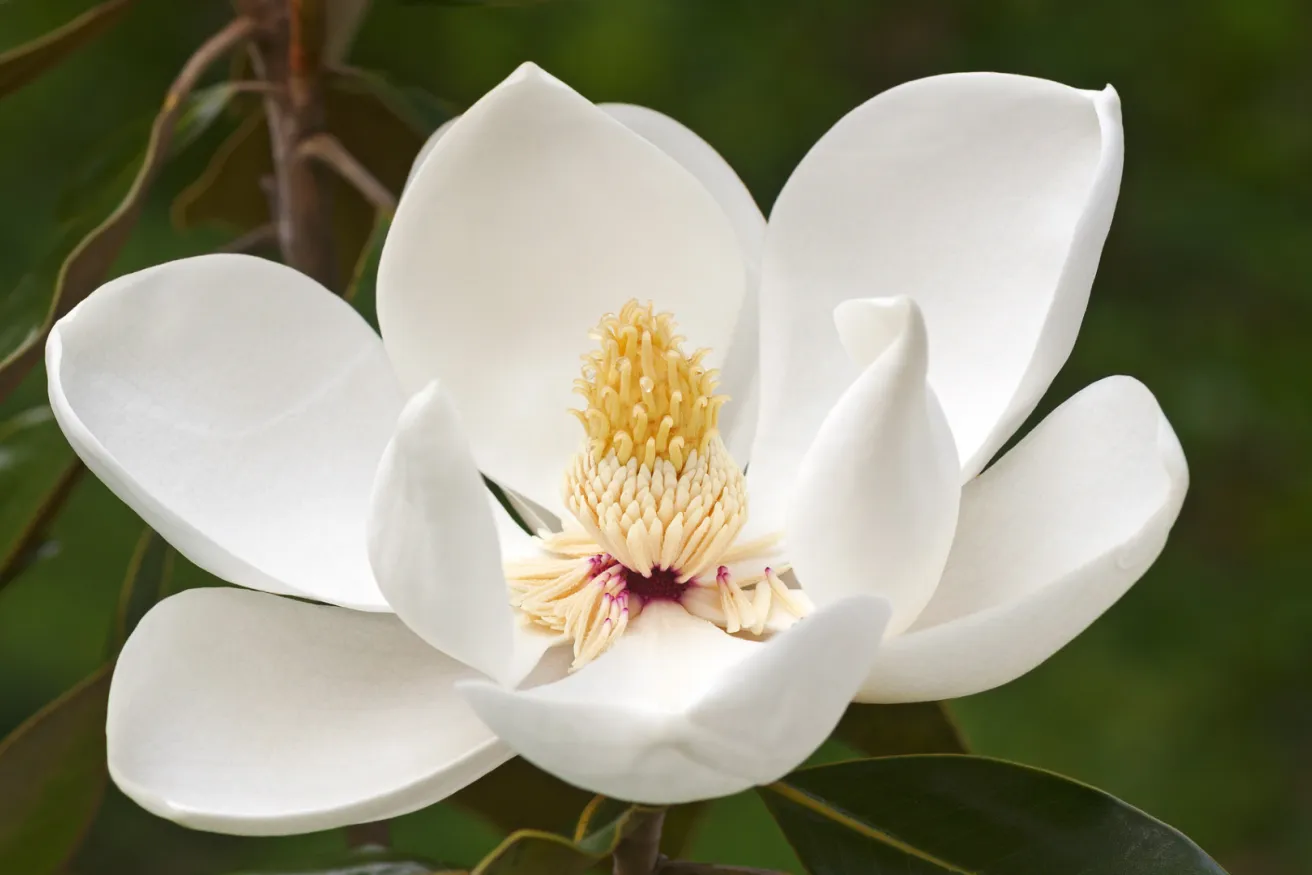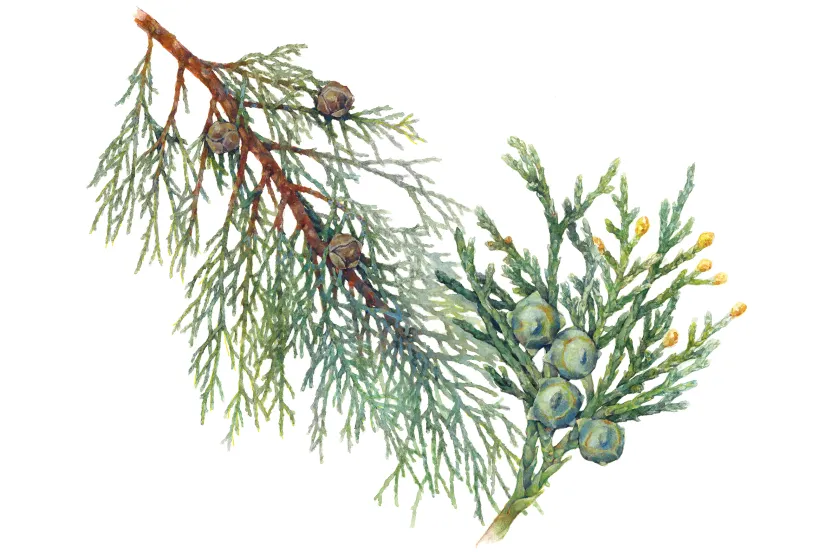Give before midnight on July 31 to double your impact where trees need us most. CHOOSE A PROJECT
Magnolia grandiflora
Magnolias are entwined with the history of the south. Named after Pierre Magnol — the French botanist who discovered the tree in Louisiana and took seedlings back with him to France — magnolias have become iconic landscape trees in the South. With oversized, fragrant flowers, it’s easy to see why admirers have developed more than 150 cultivars in attempt to extend the tree’s range into the North.
The oldest Southern Magnolia standing today is on Washington State Park in Washington, Arkansas. The tree is said to have been planted near an important road junction in 1839 by Gen. Grandison D. Royston. It was near a blacksmith shop where Jim Bowie fashioned his famous knife.
Some call it the Jones Magnolia because two unrelated boys were born to Jones families the same year the tree was planted. Both became Colonels in the Confederate army and one, Daniel W. Jones, eventually became Governor of Arkansas. The other, James K. Jones, became a U.S. senator. Both laid claim to being the namesake of the tree, but James finally resolved the good-natured debate by purchasing the land the tree stood on and making his home for more than 30 years.
Another historic magnolia grows on the White House grounds. It was transplanted by President Andrew Jackson from his home in Nashville, Tennessee in memory of his beloved wife, Rachel.
In the landscape
The southern magnolia is a southern favorite for a reason, Mississippi has even made it the state tree. Its green leaves brighten the landscape throughout the year and its large white flowers are striking, not only for their beauty but for their rich fragrance. It’s slow growing, but reaches up to 80 feet at maturity and makes for a wonderful shade tree. It can withstand some flooding and has moderate drought tolerance.




